Beneath the courtyard of Hotel Lagorce, the remains of a 14th-century medieval castle and a moat have been discovered in Brittany, France. Apart from the historical structure, antique objects like jewelry, pots, pans, and padlocks were among the artifacts recovered from this ancient castle - which has offered clues about the actual origins of who used the castle for nearly a century, reported Indy100.
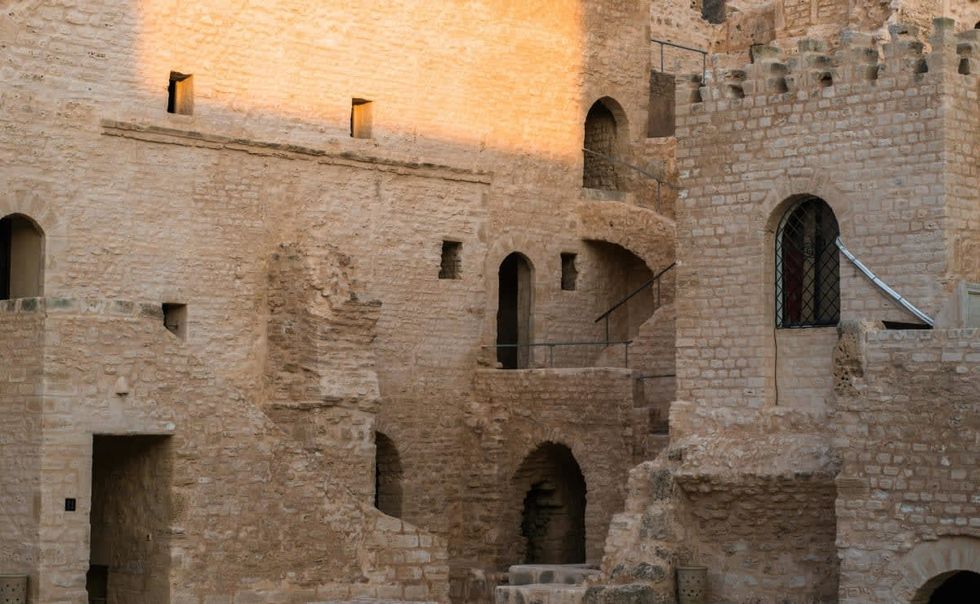
The excavation started in the Spring of 2023 when archaeologists at the French National Institute of Preventive Archaeological Research (INRAP) decided to dig the courtyard and cellars of the Lagorce Hotel, which was built in the 18th century atop the ruins of a medieval castle, known as the Château de l'Hermine. The castle, located in Vannes which is a village on the west coast of the Brittany region, was built as a fortress and residence for John IV, the Duke of Brittany, in 1381—making this castle as old as 640 years.
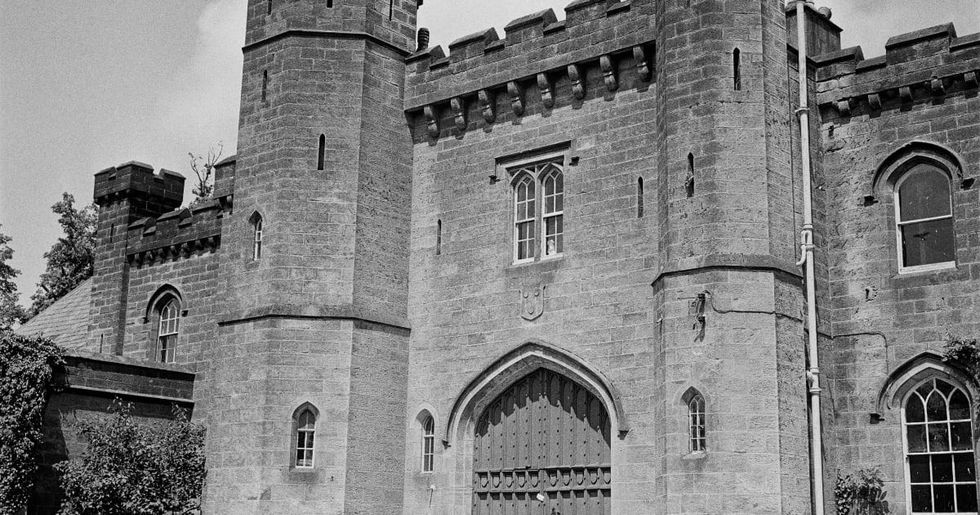
Mapping the whole castle, this excavation gradually revealed the plan of the ground floor: the ducal dwelling is said to have been 42 meters long and 17 meters wide (excluding the work) with walls of exceptional thickness, reaching 5.60 meters. Directly bordered by a moat, it is flanked to the east by what can be called a “square tower.” In the thickness of the facade walls, archaeologists have observed a certain number of arrangements, as per dimensions published by INRAP.
Known to be one of the favorite residences of Duke Jean IV, the Château de l'Hermine was used for almost a century. However, it was John IV's grandson Francis II, who decided to move the capital of the duchy out of Vannes. Since shifting the capital, there have been renovations in the 18th to 20th centuries, which turned the building at different times into a hotel, then a law school, and finally, government offices built on top of the original 14th century castle.
The excavating team also found small objects like coins and discarded cooking utensils dating to the 15th and 16th centuries after they found drainage pipes that likely reached three or four floors high. Wooden bowls and parts of barrels were also preserved in the humid environment of the old latrines, as reported by LiveScience.
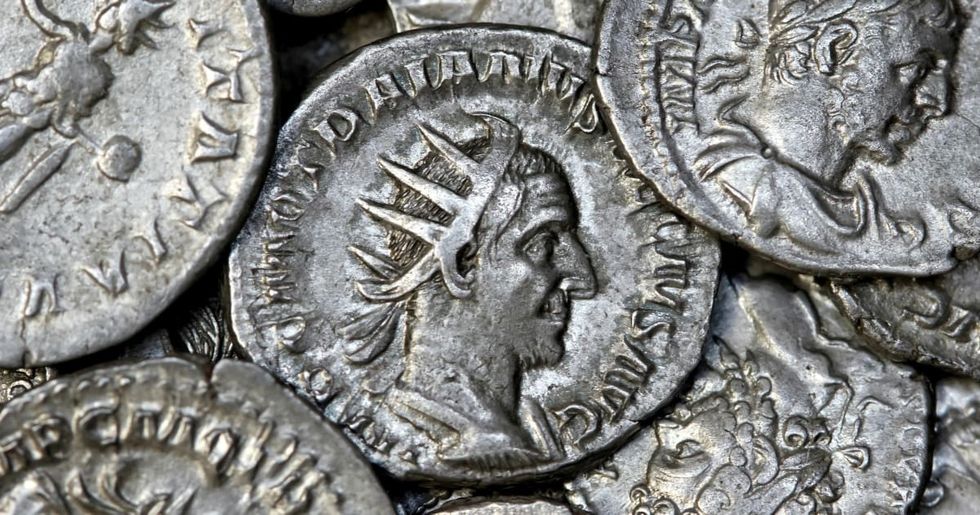
Archaeologists also searched the moat and found jewelry, pins, buckles, and metal dishes, along with keys and padlocks. The fortified castle is claimed to have been surrounded by water on all sides and would have been accessed by a wooden bridge across the moat. Unfortunately, the bridge was dismantled over time, but its support piers were uncovered during excavation.
The new archaeological discoveries show how powerful and wealthy Duke John IV was. According to INRAP, the construction of this ancient castle took place in a single phase, which also sheds light on the importance of the financial and human resources used.
Editor's note: This article was originally published on April 6, 2024. It has since been updated.





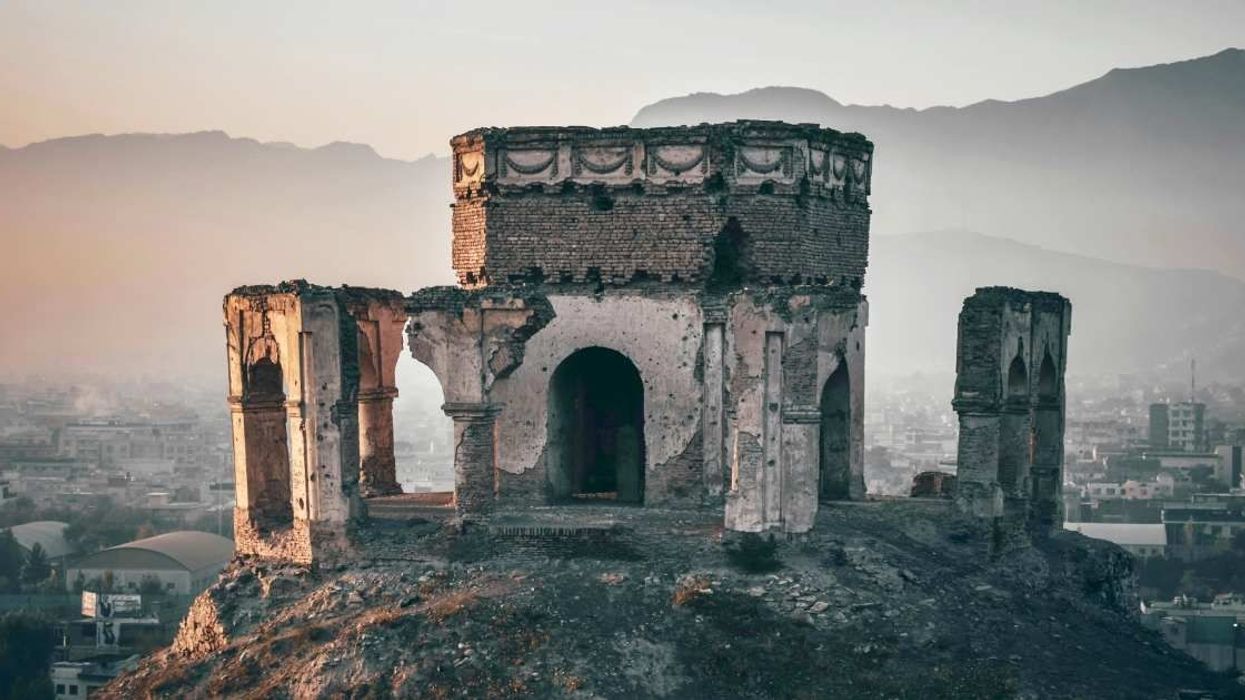



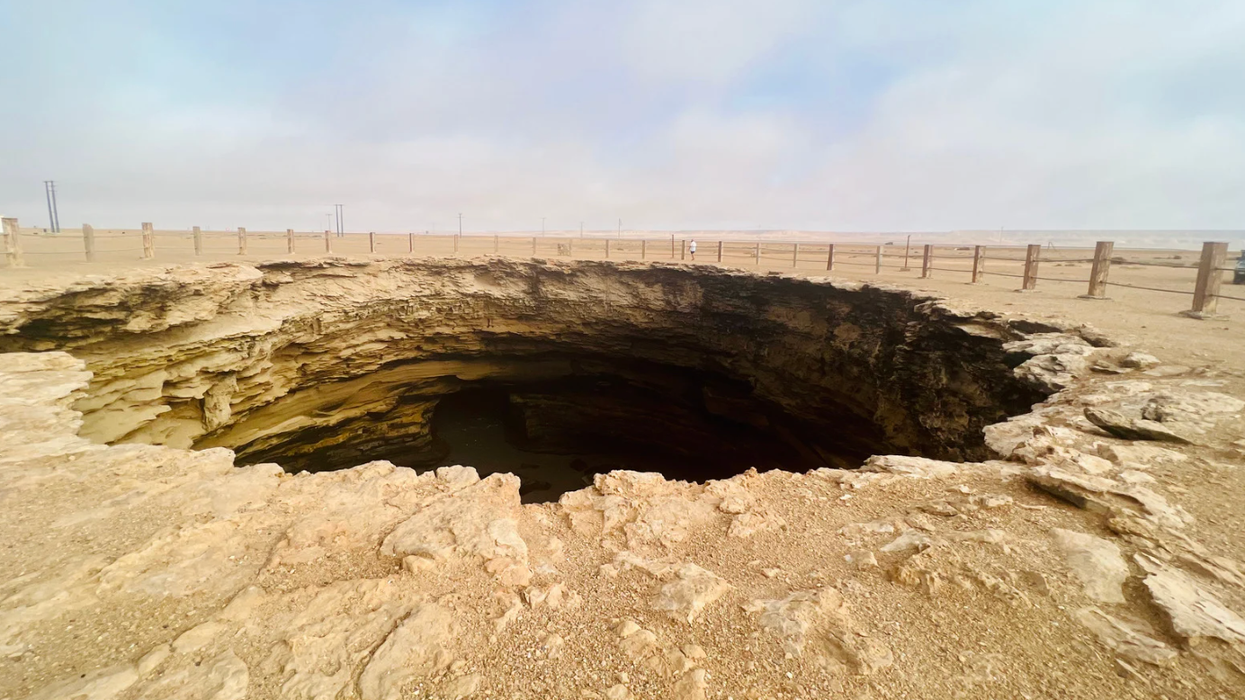







 A symbol for organ donation.Image via
A symbol for organ donation.Image via 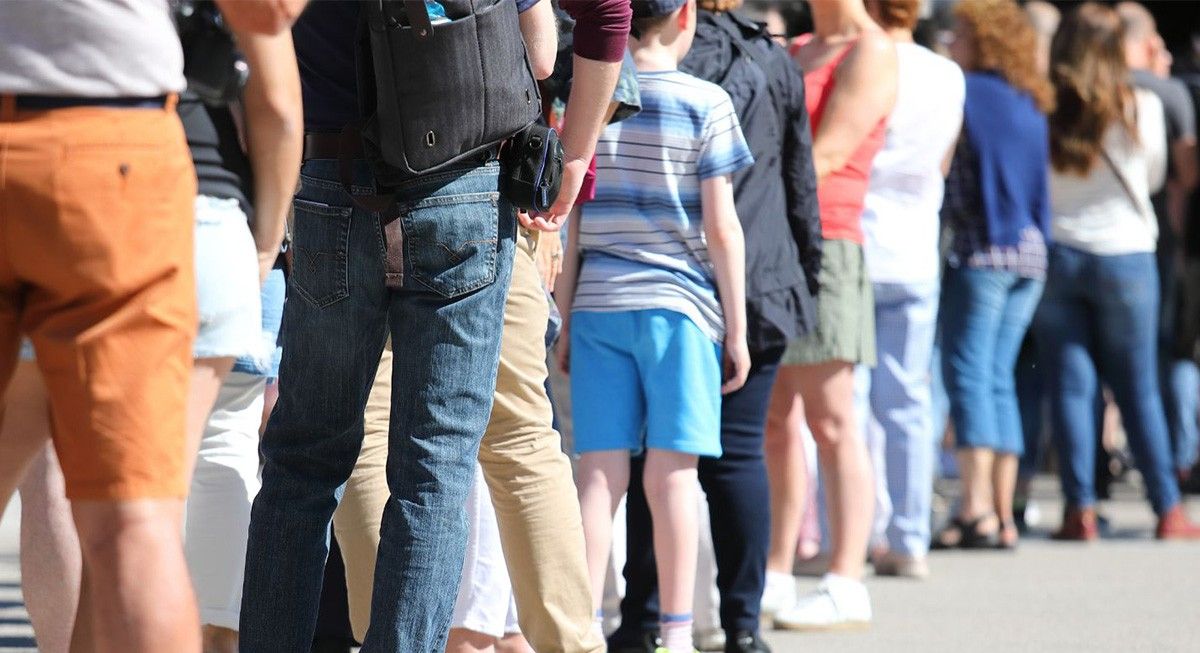 A line of people.Image via
A line of people.Image via  "You get a second chance."
"You get a second chance." 


 36 is the magic number.
36 is the magic number. According to one respondendant things "feel more in place".
According to one respondendant things "feel more in place". 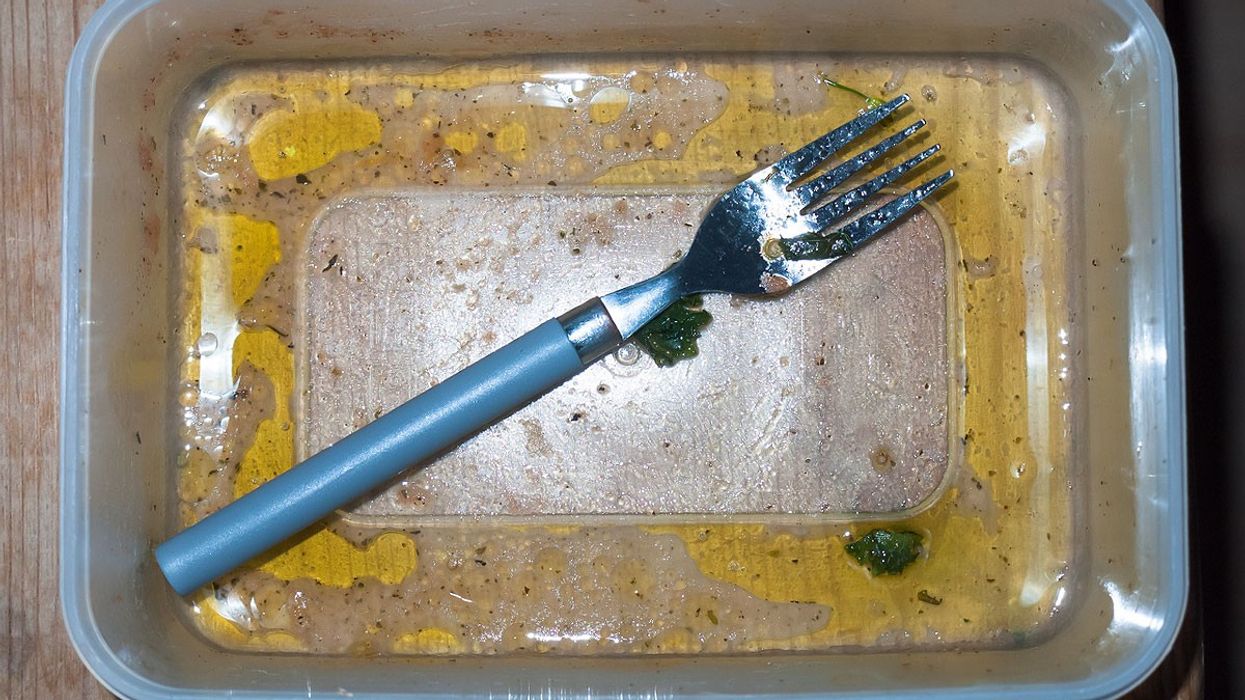
 Some plastic containers.Representational Image Source: Pexels I Photo by Nataliya Vaitkevich
Some plastic containers.Representational Image Source: Pexels I Photo by Nataliya Vaitkevich Man with a plastic container.Representative Image Source: Pexels | Kampus Production
Man with a plastic container.Representative Image Source: Pexels | Kampus Production
 Canva
Canva It's easy to let little things go undone. Canva
It's easy to let little things go undone. Canva
 Photo by
Photo by 
 Teens are waiting longer than at any point in the survey’s history. Canva
Teens are waiting longer than at any point in the survey’s history. Canva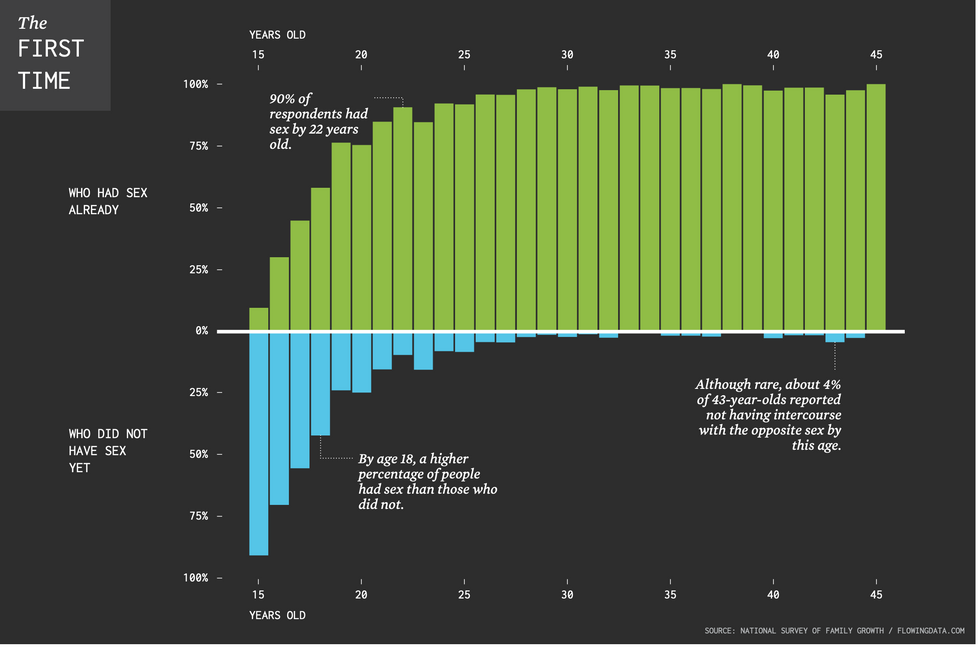 Chart on the age of a person’s first time having sex.National Survey of Family Growth/flowing data.com | Chart on the age of a person’s first time having sex.
Chart on the age of a person’s first time having sex.National Survey of Family Growth/flowing data.com | Chart on the age of a person’s first time having sex.